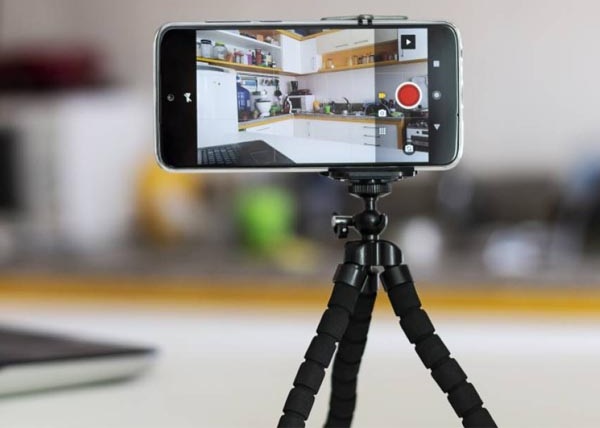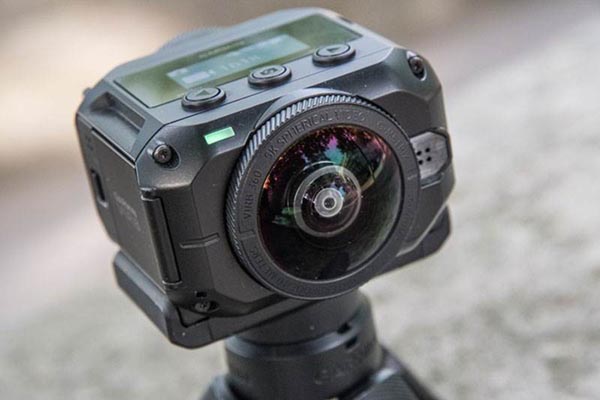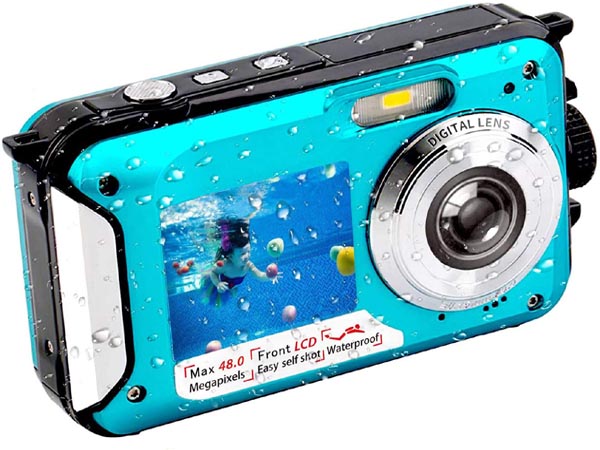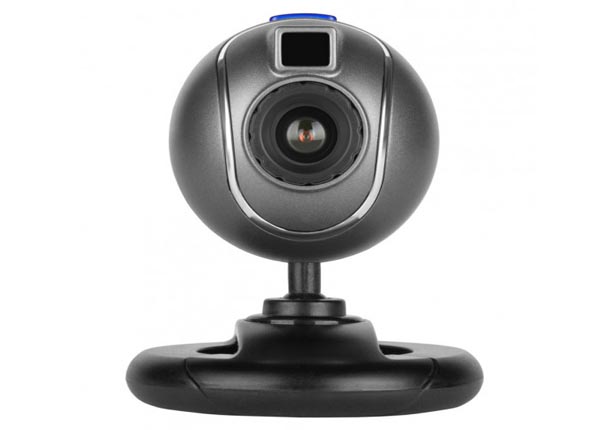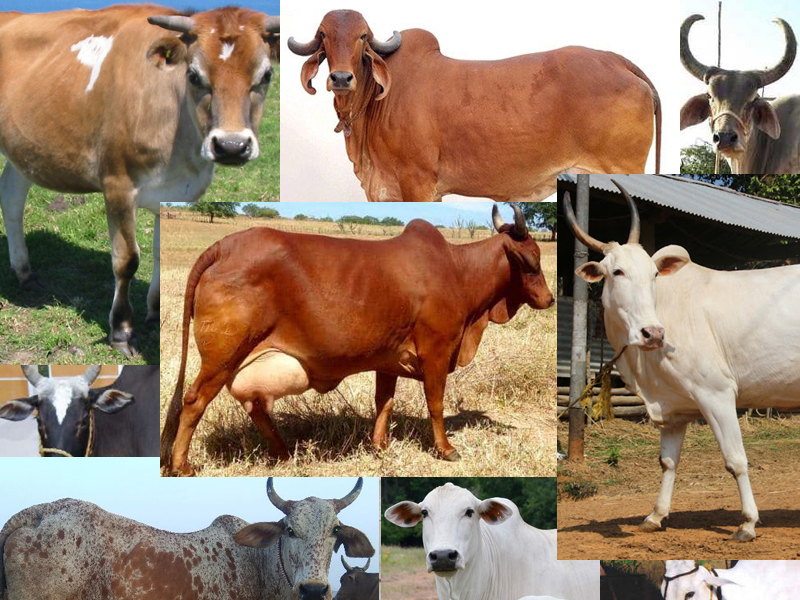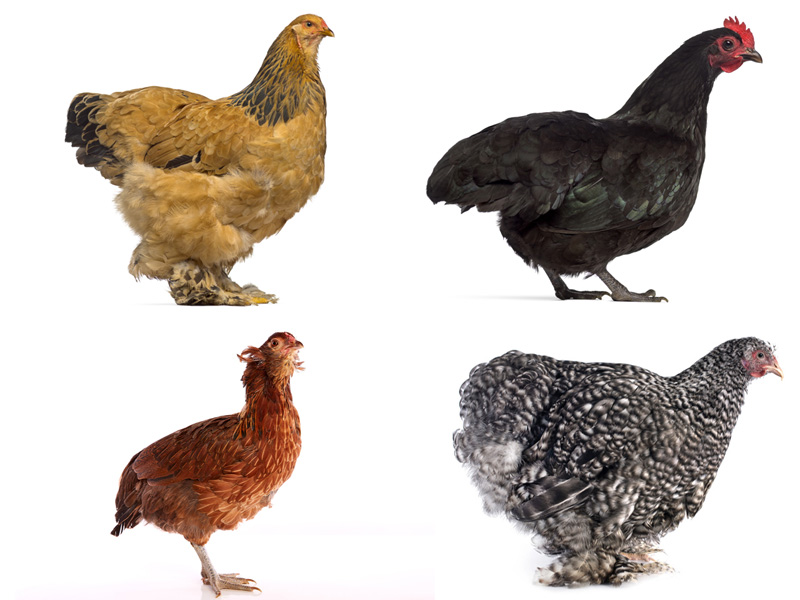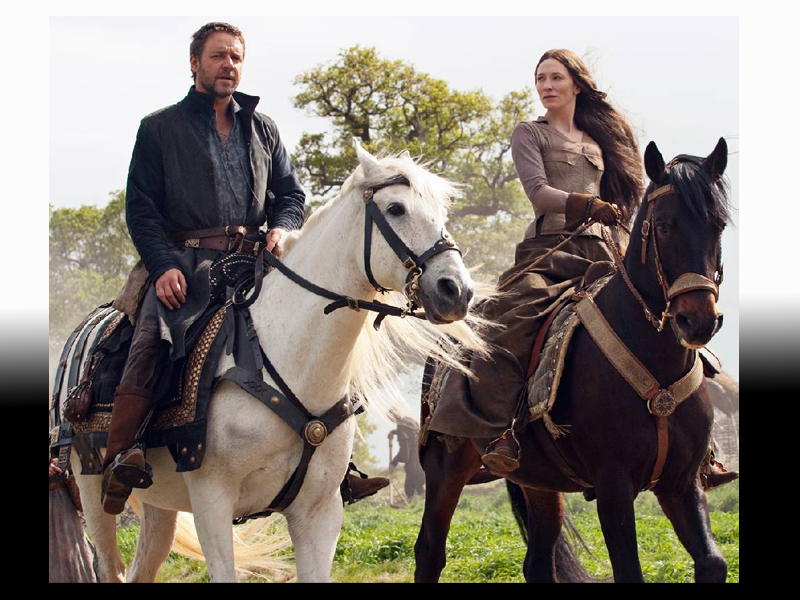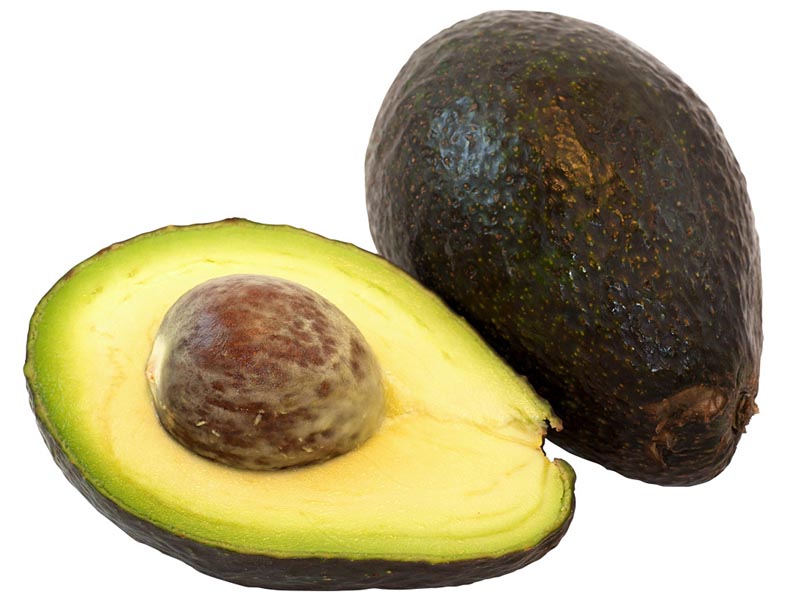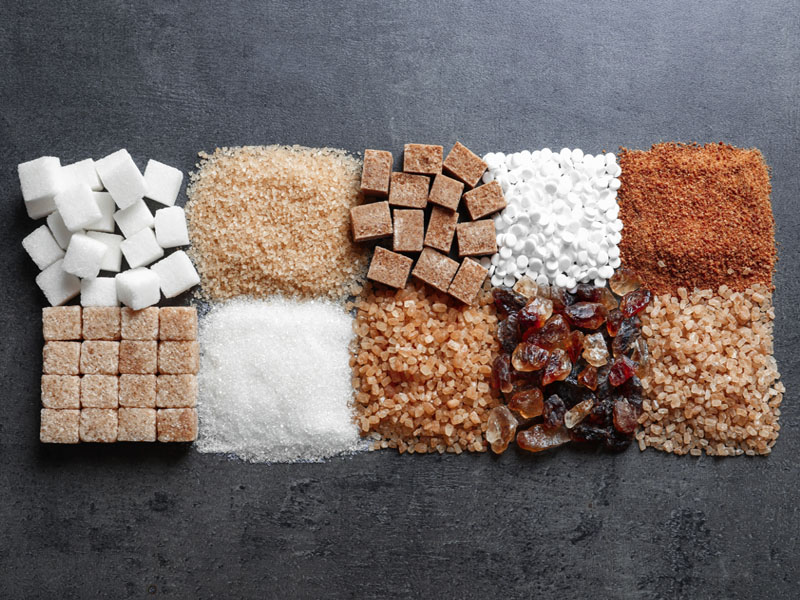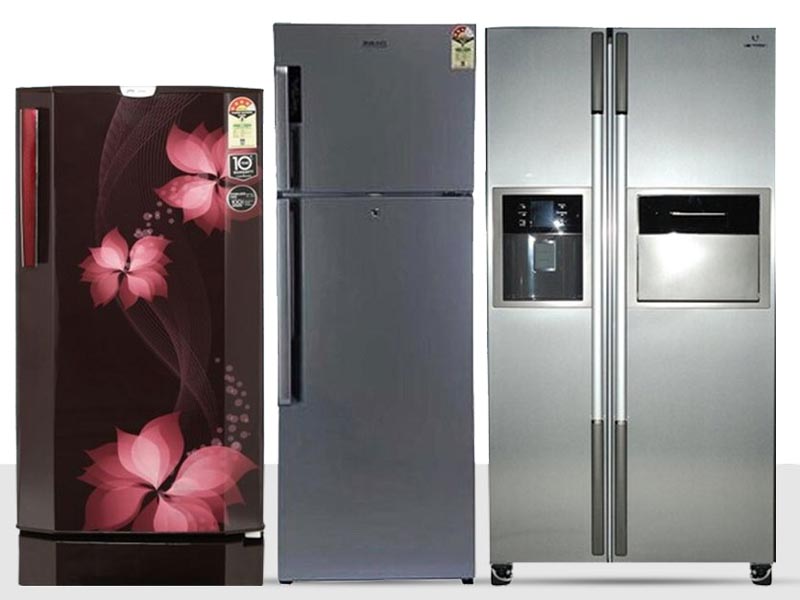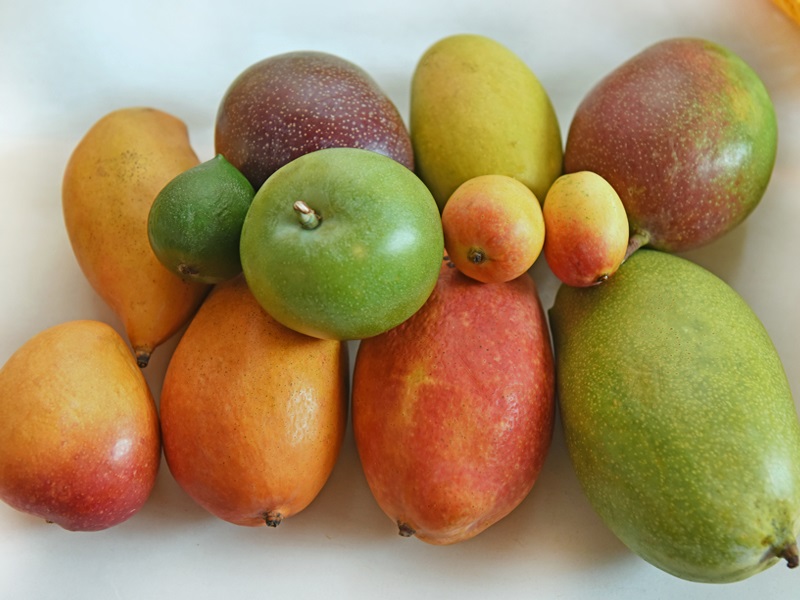Are you interested in photography? Do you love staying behind the scenes and clicking pics? What best than investing in the right Camera and developing creative art? Today, we are here with types of cameras present in the market. Most of us have only heard of the easiest and compact cameras or a DSLR camera, but do you know, there are various types and different kinds of Cameras all around?
Yes, you heard us right. Depending on your requirements and purposes, it is essential to choose the right and best types of cameras for filling your needs. Let us know all about them today and learn something new.
What is a Camera: First Camera and the History Behind
If you are a photographer or one among the budding artist, we know the excitement of new art. But don’t you think we all need to understand how they are born at first? The interesting facts are here.
The cameras are present right since the 4th century. It is both shocking and exciting to know about this fact. The first Camera was called Obscura, which means darkroom in Latin. However, in this first Camera, one could not capture the image permanently. Instead, it runs behind the principle of the image running on the wall through a tiny hole. Photography and cameras have only come into existence from around 1816, where the first picture was made. However, they weren’t available hugely, and experiments behind the camera invention still kept running. The first film camera gradually came into existence around 1859, and it was only late 1880s that the giant leap was made by “Kodak” that added a gigantic leap.
In brief, we all have had our hands laid on a perfect professional camera only around the 1990s. It is pretty recent, isn’t it!
Different Kinds of Cameras with Images:
There isn’t just one type of Camera variety but several kinds and variants within it. They are all used to meet specific requirements and specifications. Let us now get into this and learn all about the types of cameras with names and their uses today.
1. DSLR Cameras:
Let us first begin with the most famous DSLR cameras popular across the globe. DSLR cameras are short for Digital Lens Reflex Cameras. Almost all the professional cameras we come across have these in their collection. The DSLR cameras have both digital imaging sensors as well as single-lens reflex ones in them. They come with detachable lenses so that one can add on the type of lens required for photography. You can keep changing the lens, too, depending on your requirements. For instance, if you are working on landscape, you can add a wide-angle lens or go for a telephoto lens for wildlife photography.
The other biggest pro for DSLRs is the direct view from the optical viewfinder of the Camera. Few DSLRs are upcoming in recent days and also can take and record videos, including 4k videos. Not just it, they give you the images recorded in RAW format, which is excellent for professionals who want to process and edit the photographs at later stages.
The biggest known brands manufacturing DSLRs across are Nikon and Canon. DSLRs are the world’s most popular in different types of digital cameras for photography.
2. Mirrorless Cameras:
We all have heard about this upcoming trend on Mirrorless cameras. They are nothing but the ones which do not have an optical viewfinder and are pretty lightweight compared to the former ones. Here, the photographers can see the image directly from the viewfinder. They are easy to handle. Sony is the biggest known manufacturer of Mirrorless cameras, which has both full-frame bodies as well as crop-frame bodies.
Most mirrorless cameras also do not have lens options, but they do have a detachable lens feature. Like the DSLRs, they help you get the RAW format image for easy editing and post picture processes.
3. Smartphone Camera:
We all use our mobile phone cameras too. Although they do not come into the specialized photography and camera device, everyone uses this feature – right from professional photographers to people like us. Smartphone cameras have been evolving and developing over the years, with suitable pixels and dual camera features. Right from selfies to one at the back, they are perfect for regular landscape and portraits and available on the go. These are perfect and compact in size, although they can’t compete with professional DSLRs. However, one can’t expect a RAW image or quality that a DSLR or mirrorless camera can deliver. Smartphones such as Apple, Samsung, and other companies are known for their camera features. There are again types of Cameras in mobile, depending on the technology.
4. Instant Cameras or Polaroids:
Well, these have been quite a hype in the recent past. The instant types of polaroid cameras can deliver and print photos just after capturing them and are produced by Polaroid Corporation. They are also known for their cute looks and features and are suitable for regular daily use. While there are several instant camera brands, Fujifilm and Kodak are known manufacturers of polaroids. These are good to use for scrapbooks, notice boards, diaries, and other instant purposes but do not have the high quality like other cameras.
5. Medium Format Cameras:
Have you ever come across medium format cameras? These were much in use and demand in earlier and olden days where they used to make 120mm films. Now, we have most digital camera sensors instead of medium format. However, they are still in use. The professional photographers and artists who prefer incredibly high-quality images with high noise too, medium format cameras are much advised and demanded. Most in the fashion photography field use them too. They are bulky and heavy in weight due to the large camera sensor and features. Fuji, Pentax, and Hasselblad are popular brands for these medium format cameras. These are among old vintage camera types.
6. Film Cameras:
We all have heard about the specialized film cameras which were used to record images. While these have been losing trends these days, they still exist in the market. The film cameras can precisely control aperture and shutter speed and are explicitly used to produce certain feature films. They do not have any screen and give out a vintage effect and output with good image resolution. However, they are costly and hard to use and learn too. However, they have been losing momentum in recent years. These are primarily used in different types of cameras for filming and film purposes.
7. 360 Degrees Cameras:
If you are searching for a perfect camera capable of giving a panoramic picture outdoors, with a 360-degree view, these cameras are the perfect one. The dedicated camera angle and lens can help you get this result quickly, and it is a great and popular choice among adventurers, travelers, and outdoor enthusiasts. They are super lightweight, easy to carry, and weather-resistant outdoor too. They bring in realistic and good quality images with minimal effort. However, it should be noted that these pictures can’t be printed and are sensitive to motion.
8. Digital Cine Cameras:
Among several video camera types, the digital cine cameras are costly and high-end cameras that are used for specific professional purposes of filming, either for movies or short films, or documentaries. The film professionals and makers are mostly noticed to use these cameras. They have a perfect interchangeable lens feature and are good to go with video recording with a 4k support solution. The most common brands in the digital cine cameras include Sony, Canon, Blackmagic Design, etc.
9. Action Cameras:
The most common cameras which come into our mind when we think about action cameras are the GoPro cameras. They are known for the miniature and tiny size and can fit even in one’s pocket. They are multi-purpose in use and can not only click pictures but also create videos and work on time-lapse and other upcoming features. These are easy to carry and mount, too, right from clothing to body to vehicles. The GoPro cameras come with many options and technology these recent years and can even produce 4k videos. They are perfect for outdoor junkies, can withstand water, and weather and are durable too. However, the cons include a smaller sensor, poor battery life, and, in most cases, no viewfinder, which makes it challenging.
10. Bridge Cameras:
The bridge cameras are somewhere near to the DSLR, however, they aren’t the same. They have a fixed lens and cover a telephoto focal range. For those involved in sports photography and wildlife, the bridge cameras can be a good option and choice with a lesser costlier budget. They do support the RAW format and are easier to carry, and lightweight. For those who are wondering on embarking on this journey, these are good to start with too. They are compact and easier to learn. Besides their lightweight and affordability features, specific cons include battery life issues and lesser quality. However, if you do not possess a heavy investment as a beginner, these are good to start with!
11. Rugged Cameras:
Have you ever heard of unique rugged cameras? They are built with waterproof and shockproof cameras. However, all the specifications are more or less similar to standard cameras. They are all-weather and all-terrain specialized cameras, ideal for travelers and adventurers. Rugged cameras are sturdy and strong, and can even withstand heavy falls on land or water. They are also perfect for those not used to handling cameras and maintaining them. The most common branded Rugged cameras include Olympus Tough and Fine Pix.
12. Under-Water Special Cameras:
Waterproof cameras are not very new in the world of cameras, and these days we only look at them growing in the demand segment. The unique underwater cameras come in a range of sizes and are powerful fixed lens cameras that can take perfect pictures of your underwater world during holidays and adventures. Most of them come in handy that can be taken to depths up to 30-35 meters. They are also affordable and have good sealing against the waters. However, we also have specialized cameras that are made for deepwater diving too.
13. CCTV Cameras:
Among types of a tv cameras, CCTV cameras, also known as closed-circuit television cameras, are known for their video surveillance usage. They are generally used to work on surveillance against closed locations or limited location range. They are used for business purposes, state, and other entities to detect criminal activities or traffic or crimes.
14. Spy Camera:
Spy cameras are used to capture videos or photographs of a particular location without the persons or individuals knowing about it. These are mainly aimed at surveillance purposes. Most times, spy cameras are also installed at home for checking on children or household conditions. They are tiny in size and are helpful for safety, investigation, protection, security concerns, and laws.
15. Drone Cameras:
Drones are quite trending these days for their activity and range of abilities. The drone is an unmanned aerial vehicle that is controlled through a remote. They bring in aerial views and aerial shots and get a bird’s eye view directly from overhead. They are challenging to operate and require proper training to manage them. Both individuals, as well as the government, use drones for their own purposes. Most often, we see drones for military or surveillance purposes. Most often these days, even movies have been using drones. Large-scale wedding videography with a higher budget also includes drone cameras. There are different types of camera drones depending on the requirement.
16. Webcams Camera:
The webcam, also known as a web camera, is a digital camera that our computers and monitors possess. They help and aid to send in live pictures and videos from our location to the other location through an internet connection. While previously, web cameras were available separately to be attached to the desktop or laptop, the recent computers have them primarily built-in. These webcams are helpful to aid video calls.
17. Helmet Camera:
Also known as the micro-video Camera, helmet cameras are a type of closed-circuit camera that is attached to the helmet to make a visual or video recording. These helmet cameras are helpful to keep one’s hands free and do not carry them while recording. They are heavily used during sports, especially cycling and paragliding. They are quick to capture the camera angles and are good with sensors. In recent days, helmet cameras are also used by militaries and soldiers for security purposes.
18. 3D Camera:
As the name suggests, 3D cameras are helpful to capture and visualize the three dimensions. They use more than two lenses to record the three-dimensional point of view, while the usual cameras use a single lens to shift the visuals. In this way, the lens helps to combine different perspectives at one time.
19. Compact Cameras:
The compact cameras, also known as point-and-shoot cameras, were quite popular a few years back before the entry of professional digital cameras. They are helpful for those people who want simplicity in capturing pictures. Any simple picture can be captured easily for the moments without heavy photography and artistic angle in this Camera. The lens is fixed in compact cameras. However, the focal length is variable. They come with batteries, are lightweight, and can easily be carried at any time.
20. Gun Camera:
Among types of bullet cameras, the gun camera is a particular specific device that operates with a machine gun or automatic canon. Whenever the machine gun is fired, the gun camera brings exposure to the target’s image at sight. They are electrically driven and are used heavily during firing or training flights for accuracy.
Types of Camera Lenses For Memorable Photographs:
Here are some things you need to know about the basics of a camera.
1. Prime Lens:
A prime lens is known as a fixed lens. It is known as the fixed lens because the focal length in a prime lens is fixed and cannot be altered. This means you cannot zoom in and zoom out, thus letting you shoot only from a side angle view. Thus, to add or remove any object in the background would mean you have to move closer or maybe far away until it serves the purpose. These are less expensive and are light and compact. They also are seen to perform better in low light conditions too. The biggest demerit could be that you won’t be able to zoom in and zoom out,
2. Zoom Lens:
Most people tend to think zoom and prime are the same. But no! they aren’t. A zoom lens is an umbrella term for any lens that will allow you to have variable focal length, thus letting you zoom in and zoom out, unlike the prime lens. These can also replace two or more prime lenses. They, however, won’t perform as good as the prime lens in darkness. A zoom lens is also expensive, and the crispness of the image is compromised. They are also bulky and heavy compared to a prime lens.
3. Aperture:
The aperture is simply the opening of the diaphragm of the lens, which facilitates the passing of the light. You might see some random numbers written here if you observe the camera closely. Numbers like 1.4, 2, 2.8 etc., are known as the f-stops. The lower stops on the camera give more exposure as they are known to represent larger apertures. The upper stops give lesser exposure as they are known to represent smaller apertures. Getting the right amount of light for photography is essential and thus the rule of thumb is to understand and analyse how much light it actually receives, before choosing your camera or even the smartphone camera.
4. Telephoto Lens:
These kinds of lenses are hugely popular and used both by amateurs and professionals. Since they have a long reach, it enables you to click pictures of those at a very off distance. A lens is said to be telephoto if it has a focal length of 60mm or even longer. The biggest advantage of a telephoto lens is that the objects appear closer than they actually are. You can also blur your background. You tend to get the best portrait photos out of these.
5. Normal Camera Lens:
The normal camera lens is also known as the standard camera lens. These have a focal length of 40mm to 60mm. They are called ‘normal’ for a reason. The normal camera lens is the best performer and exactly captures what the naked human eye can see. They also don’t have many distortions because they have wide angles and are thus an excellent choice for street photography, making documentaries and portraits. Their flexibility and usefulness is one solid reason for many photographers to choose them.
6. Wide Angle Camera Lens:
These lenses have a focal length of 17 to 40mm. They are capable of providing you with a wide or broad view of the target and thus are ideal for using to photograph landscapes or smaller interiors. However, one major drawback is distortion it can produce by widening out the focus and making them look bigger unnecessarily. Thus, they might not be ideal in all situations.
8 Best Rated Camera Brands To Invest Your Money On:
Sometimes it is essential to invest in top products when you decide to cherish it for a long time. Cameras have been one such. Some of them bring the life out of the photos, and those are the ones you need to preserve. Take a look at some of the top camera products that offer you some of the best features to choose from.
1. Canon:
Canon has been regarded as the king of cameras. It was founded in the year 1937 as Canon Inc., and they are the manufacturers of some of the best camcorders, photocopiers, digital cameras and printers etc. They also have a range of Power Shot series that gives the users more control over the images.
2. Sony:
We are sure Sony needs no introduction. They are the third largest manufacturer of digital cameras in the world. Cyber-Shot and Alpha are the two best products they have given in the digital camera list. It was founded in the year 1946 and quickly the success ladder with its cutting-edge technology.
3. Samsung:
The other big name is Samsung, that is a smart, trendy and popular camera brand. This South Korean multinational conglomerate brings out the best in its products like smartphones, television series and their cameras. They offer fine clarity in the photos, and they have smartly covered the features needed for the present generation.
4. Fujifilm:
This Japanese conglomerate is another good choice to go for. This one also focuses on medical imaging, optical devices, photocopiers, diagnostic equipment etc., apart from offering other services. They are known for their cutting-edge technology, and the Fujinon lenses are their best. The FinePix series is their best collection and have been the popular choice among many photographers.
5. Panasonic Lumix:
Another Japanese product that offers the finest camera brand is Panasonic Lumix. Their first models were released in 2001, and their cameras come with a state-of-the-art Leica lens that is renowned for its fine German Engineering.
6. Olympus Camera:
Olympus camera and lenses are designed to offer the best performance in terms of clarity and in terms of bringing life to pictures. Their image stabilization feature will account for the camera shake, and their lenses are smaller, and lighter than DSLRs, enabling the finest image quality. Now, they manufacture digital compact cameras. Yet another product from Japan!
7. Kodak:
Kodak is an American Company founded in the year 1892 and emerged as a giant in imaging technology. It is an Easy share series that was a hit. However, the company now has lost its importance in the marking because of its very slow transition into the digital age.
8. Pentax:
This Japanese company was established in 1919 and is widely popular for its impeccable camera. The lens is fine at its best, and they have given us some of the coolest digital single lens reflex camera models. They were also manufacturers of binoculars, rifle scopes etc.
Tips To Choose The Best Camera:
Before investing your money in a camera, you need to ensure that your camera suits your usage and needs:
- Understand your purpose. Is it for professional usage or just for capturing your moments?
- If you are a pro, you can check out the various lens suited for your genre like wildlife, outdoor, macro etc.,
- If you are an amateur, you can just get a nice digicam that fits your budget.
- Next, define your budget and question yourself if it is worth stretching that extra penny.
- Your camera must be the latest in the market for optimal usage. Do not go for older models.
- Always make sure the camera comes with a company warranty card
- Keep the camera secured in a good quality bag or pouch for longevity
We hope you enjoyed exploring and knowing the different types of cameras that exist all across us. Be it photography enthusiasts or not, we all do love this technology for helping us capture our day-to-day lives. Which Camera do you use the most? Let us know your thoughts in the comments? We love to hear from you!
Frequently Asked Questions & Answers:
1. Are there different types within the DSLR cameras?
The DSLR cameras come either with full-framed or crop sensor options. The crop sensor generally crops the ends and edges of the photo for field view, but full frames show the complete picture. They both are used according to the respective requirements of the individuals.
2. What is SLR?
The Single Lens Reflex camera is used to film images in the olden days. They are replaced by the DSLRs that take pictures in digital modes in the current era.
3. Is Mirrorless cameras better than DSLR?
One cannot answer this question without knowing the requirements of the person who uses the Camera. Mirrorless has its own set of advantages, such as being lightweight, faster, and compact. However, not many lenses are available for the mirrorless as yet. DSLR is a better optical view with a range of lenses to choose from.
Disclaimer:
All the information on different types of cameras is only given from the sources found on the internet and educational websites. This information is to be used only for knowledge purposes solely. We are not responsible for any error.





